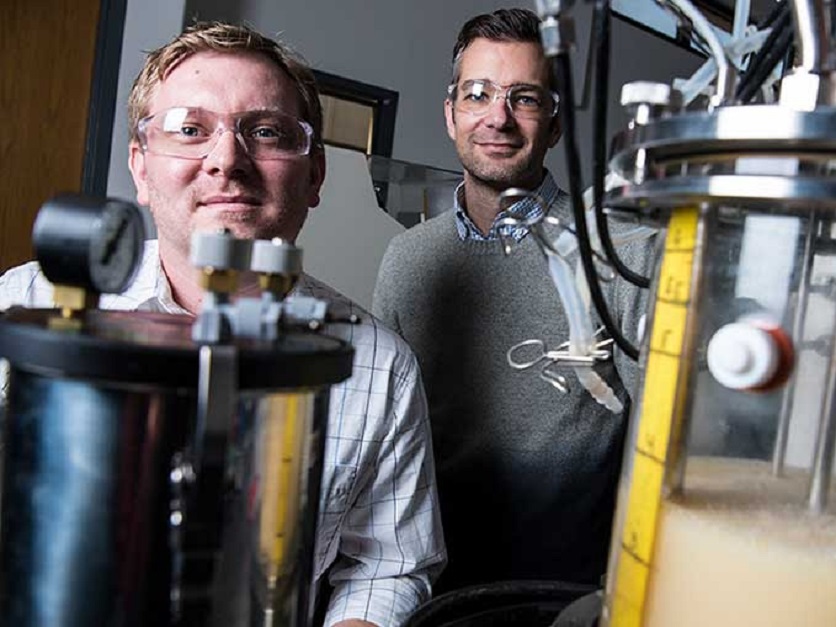One research team may have found a way to turn trash into treasure by converting methane into fuel. The team, including scientists from the National Renewable Energy Laboratory (NREL), explored the possibilities of a methane-eating bacteria which converts the abundant greenhouse gas to valuable product precursors.
Calvin Henard and Michael Guarnieri are members of a team looking to discover how Methylomicrobium alcaliphilum 20ZR, the methane-eating bacteria, operates. Their research explores new territory, attempting to understand how the whole-cell metabolic network is organized and coordinated.
“Very little is known about methanotrophic metabolism in general,” Henard said. “These are the first metabolic models generated for this particular organism, which is one of the most promising biocatalysts that can be used to make products from natural gas- and biogas-derived methane.”
Figuring out the metabolism of the bacteria could be used for biocatalysis, improved carbon utilization and simultaneous greenhouse gas mitigation. Methylomicrobium alcaliphilum 20ZR can upcycle harmful methane gases, employing them as its only carbon and energy source.
One of the processes examined by the team resulted in the production of precursors to nylon – a valuable consumer product whose production is traditionally very environmentally unfriendly. Ideally, they wanted to know if the organism could be engineered to be more effective and efficient. Henard and Guarnieri uncovered new knowledge as they used computational and biochemical analyses to study the metabolism of the bacteria.
“We made assumptions about how that methane was flowing in the bug,” Henard said. “We saw some dogma-challenging differences compared to our initial assumptions.”
They observed routes of carbon flow that had not been previously considered, and likely served to promote balance between anabolic reactions and redox demands.
While the work focused on modeling, the next step is taking the research to the lab, both to confirm the way methane was used by the methanotroph and to guide engineering efforts to produce a more efficient biocatalyst.
“This opens the door for an array of biogas-derived products,” Guarnieri said. “The nylon precursors are a proof of concept; we’re also targeting production of hydrocarbon fuels, higher alcohols, and additional biopolymers and bio-based materials as potential end products.”


